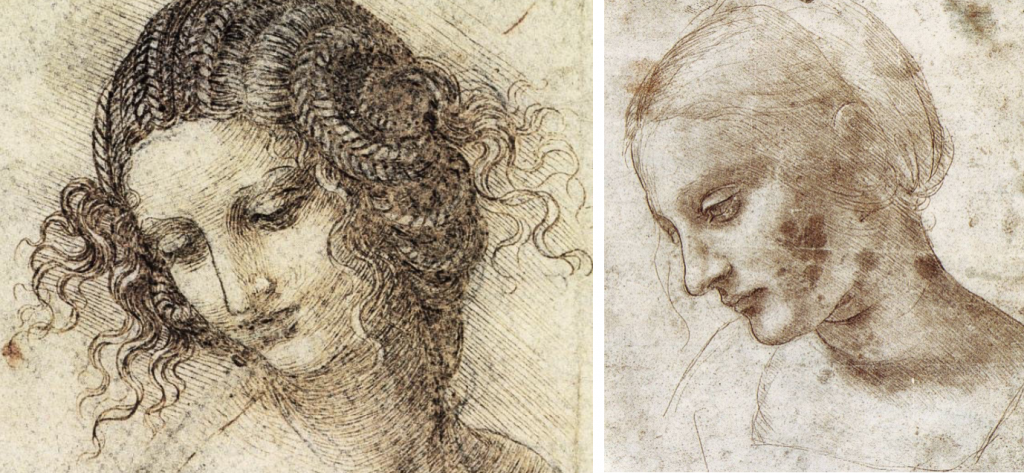Pacioli and da Vinci met each other and fostered a close connection through mathematical collaboration in this city. da Vinci was in the Court of Milan in 1494 when Pacioli’s Summa de arithmetica, geometria, proportioni et proportionalita was published. Since da Vinci bought a copy of this text as soon as it was published, it is reasonable to assume that da Vinci pushed for the invitation of Pacioli to the Court of Milan. During his stay in Milan, Pacioli shared living quarters with da Vinci at the Corte Vecchia. In later letters, Pacioli would look back on this time shared with da Vinci in Milan very fondly.
Sources
Isaacson, Walter. Leonardo Da Vinci. Simon & Schuster Paperbacks, 2018.
“Luca Pacioli.” Luca Pacioli (1445-1517), School of Mathematics and Statistics, University of St. Andrews, Scotland, www-history.mcs.st-and.ac.uk/Biographies/Pacioli.html.

 Led by Prof. Dino Franco Felluga (
Led by Prof. Dino Franco Felluga (